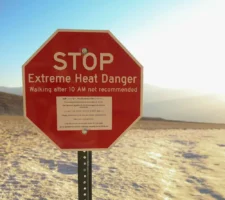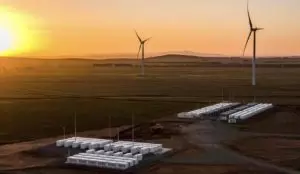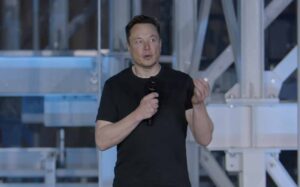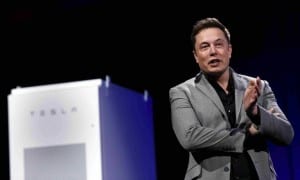
The dreaded “death spiral” hanging menacingly over the heads of leading utility companies across the globe need not come to pass said Elon Musk this week during a speech at the North American International Auto Show in Detroit.
Speaking to a packed press conference, the enigmatic entrepreneur behind Tesla, SolarCity and SpaceX, said that the increasing penetration of electric vehicles, allied to a growing solar sector that sees more and more residences and businesses act as distributed generators, is likely to have a transformative impact on electricity demand.
“The future for utilities is actually not a bad future; it’s pretty good,” Musk remarked. “As we transition to electric transport, we’re going to see a significant increase in the demand for electricity.”
Musk’s remarks came amid fears among many utility companies that the rise in distributed generation (DG) in the U.S. could threaten the old centralized model of electric generation. As more and more people find it cheaper and easier to go off-grid with solar and battery storage, the cost of maintaining the grid increases, forcing expense on to remaining customers who, in turn, are more likely to extricate themselves from the grid.
This “death spiral” phenomenon comes at a time when electrical demand in the U.S. is falling. Figures from the Energy Information Administration (EIA) suggest that large-scale generators in the U.S. will produce less power in 2015 than they did in 2007 – despite a recovering economy.
However, this trend may well be reversed with the rise of electric vehicles, suggests Musk – a rise that is being facilitated by the growth of solar power. Indeed, the decentralization of power supply does not necessarily spell the end for the grid, SolarCity chief executive Lyndon Rive told the Financial Times, rather, it is a step-change that needs to be embraced.
“When you’ve had a monopoly for a hundred years, and you’ve never seen change, change may seem like death to you,” Rive said, adding: “People misinterpret what we [SolarCity] are trying to achieve and think that there isn’t going to be any grid.
“It is important that there is a grid.”
Rive’s cousin and SolarCity investor Elon Musk sought to assuage such fears further at the Detroit auto show. Speaking about utilities’ role in the future of the energy mix, he said: “Long-term, I think [electricity] demand approximately doubles, and if half of that is met from solar and half from existing utilities, to a first approximation the utilities’ business [share] remains about the same.”
Source: PV Magazine. Reproduced with permission.










